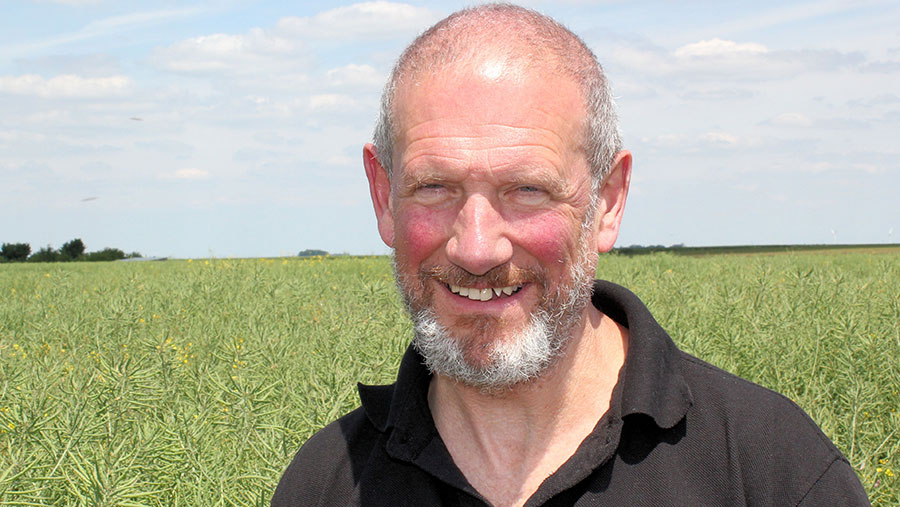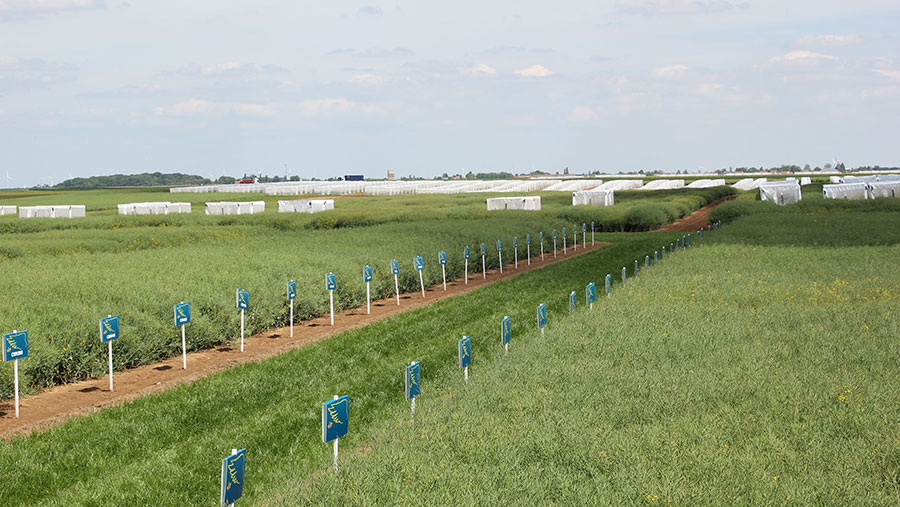Advertiser content
Digital Revolution Allows Designer Breeding
 Matthew Clarke © Bayer Crop Science UK
Matthew Clarke © Bayer Crop Science UK Plant breeding is evolving substantially to keep pace with the sheer pace of change in farming practices, the environment and growers needs these days, reveals a leading UK breeder.
Speaking at the latest in the series of Farmers Weekly Transition seminars this month, Bayer senior oilseed rape development scientist, Matthew Clarke stressed the importance of moving on from approaches that take 10 years or more to bring varieties to the market.
“Hybrid breeding has cut the varietal development timescale down significantly in OSR and maize breeding,” he pointed out.
“And gene-editing should allow hybrid breeders to make even more rapid progress on broader fronts by making it much quicker to move desirable traits with increasing precision within the species in parent lines.
“While the greater breeding progress the Precision Breeding Act should allow the industry to make is particularly welcome in helping it rise to the challenge of doing things faster as well as better, I see the digital revolution being as least as much of a game-changer, if not more so.
“The power of genetic mapping, data mining and artificial intelligence gives us the ability to turn plant breeding on its head to meet changing commercial needs far more precisely, individually and rapidly.”
Mr Clarke stresses that the traditional process of identifying beneficial traits, incorporating them into high output lines and selecting varieties from them has enabled considerable genetic progress; especially so when aided by genetic markers.
But the time it takes effectively means it is applying the solutions of the past decade to the problems of the current one.
Which, he believes, is no longer sufficient with the speed at which modern growing needs are changing.
This is particularly the case with complex characters like tolerance to climatic stresses and durable resistance to pests and diseases that tend to be governed by many genes in different locations, each with relatively small and quite different effects; characters which are far less amenable to marker-assisted breeding.

Bossy breeding field © Bayer Crop Science UK
“Today’s technologies are enabling us to genetically profile our best-performing varieties in a wide range of different environments and under an array of different regimes to identify whole blocks of their genomes that are distinctively associated with the best and most reliable performance within each,” he explained.
“Knowing what we are looking for, we are then actively seeking these blocks of genes in our parent lines, using sophisticated models that estimate with considerable accuracy the breeding value of parents for the particular outcomes we want.
“This whole genome approach moves us from selecting the best from breeding decisions made some time ago to designing the best to work with the specific regimes, conditions and pressures of today.
“And, through the power of hybrid breeding, doing this within a timespan of less than five years.
“Of course, the whole business of introducing new traits from relatives and near-relatives into high performance backgrounds continues behind the scenes as part of our longer-term improvement efforts.
“And gene-editing should allow us to much more accurately introduce traits we know to be beneficial under certain conditions into genetic backgrounds originally designed for others to address changing environmental and pest pressures or market needs.
“But, by using the vast amounts of linked genetic and performance data we have at our fingertips today in increasingly sophisticated ways, we are well on our way to purpose-building varieties to meet different growing needs on a much more individualised basis than ever before. And, most importantly, to doing this far more rapidly.”
Provided by
At Bayer Crop Science, we are committed to transforming the future of UK crop production by becoming the preferred partner for agronomists, distributors, and growers. Our focus is on world-leading innovation, dedicated in-field expertise, and a tailored customer experience that consistently delivers value, trust, and results sustainably.
